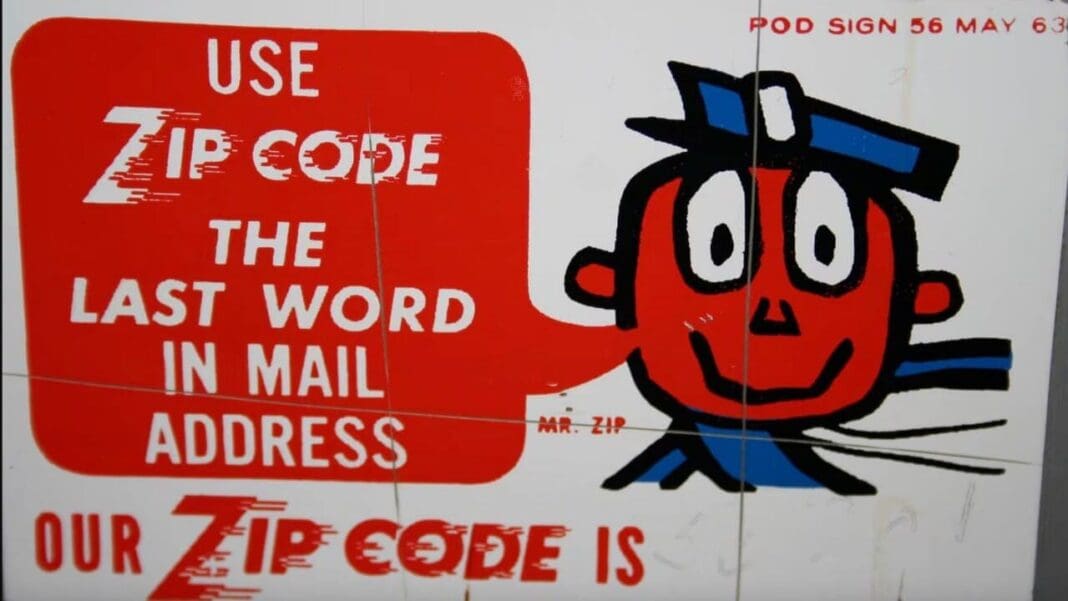When phone numbers first proliferated, some Americans were concerned that aspects of their existence had been reduced to a series of digits. When Social Security numbers were first issued in 1936, some Americans believed a numerical identity was dehumanizing. People complained about the transition to area codes for phone numbers in 1947, though not Alaskans. The future 49th state did not receive its area code, the familiar 907, until a decade later. But in 1963, Alaskans were a party to the national mockery of ZIP codes, the newest number to remember.
The concept of ZIP codes, from the acronym Zone Improvement Plan, originated in the 1940s. Beginning in 1943, the Postal Service divided larger cities into two-digit postal zones. The following year, a postal inspector in Philadelphia, Robert Moon, proposed a national coding system. After years of delays, partially prompted by hesitant public adoption of area codes, the ZIP code program was publicly unveiled at a postmasters’ convention in October 1962.



